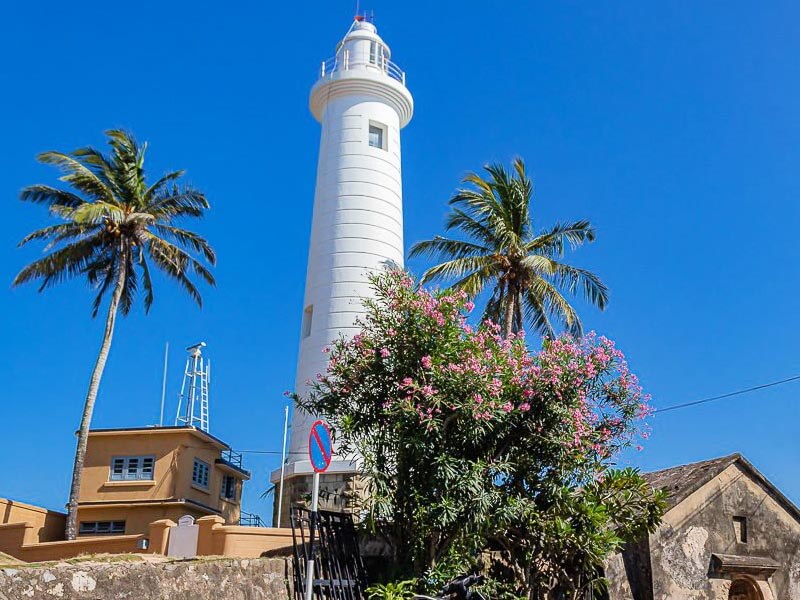Located near the southern end of the country, Galle enjoys a nice coast line. And it’s a district that enjoys a great variance of scenarios, from beaches to marsh lands to dry planes to hills. To add to the natural beauty, Galle Fort has a great history too. The history goes in to king solomon’s time. It is believed that Galle Fort is the ancient seaport “Tarshish”, from which king solomn drew the ivory and other valuables. It’s been the most prominent seaport before the western rule of the country. Persians, Arabs, Greeks, Romans, Malays and Indians were doing business through Galle port. The “modern” history of Galle starts in 1505, when the first Portuguese ship was drawn by a storm and the captain Lourenzo de Almeida came near Galle. But he did not land, Later they occupied many Sri Lankan Coastal towns, and by 1597, built a small fortification in Galle.





